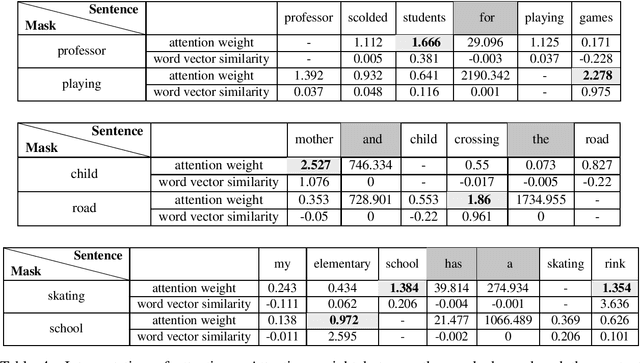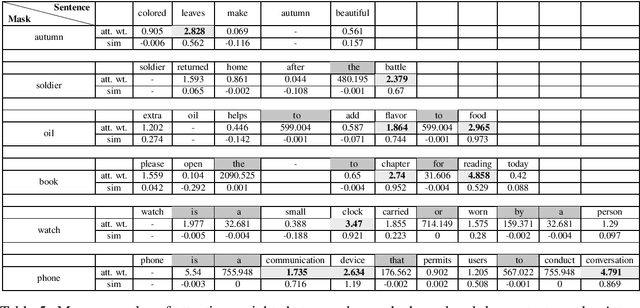Attention Word Embedding
Paper and Code
Jun 01, 2020



Word embedding models learn semantically rich vector representations of words and are widely used to initialize natural processing language (NLP) models. The popular continuous bag-of-words (CBOW) model of word2vec learns a vector embedding by masking a given word in a sentence and then using the other words as a context to predict it. A limitation of CBOW is that it equally weights the context words when making a prediction, which is inefficient, since some words have higher predictive value than others. We tackle this inefficiency by introducing the Attention Word Embedding (AWE) model, which integrates the attention mechanism into the CBOW model. We also propose AWE-S, which incorporates subword information. We demonstrate that AWE and AWE-S outperform the state-of-the-art word embedding models both on a variety of word similarity datasets and when used for initialization of NLP models.
 Add to Chrome
Add to Chrome Add to Firefox
Add to Firefox Add to Edge
Add to Edge